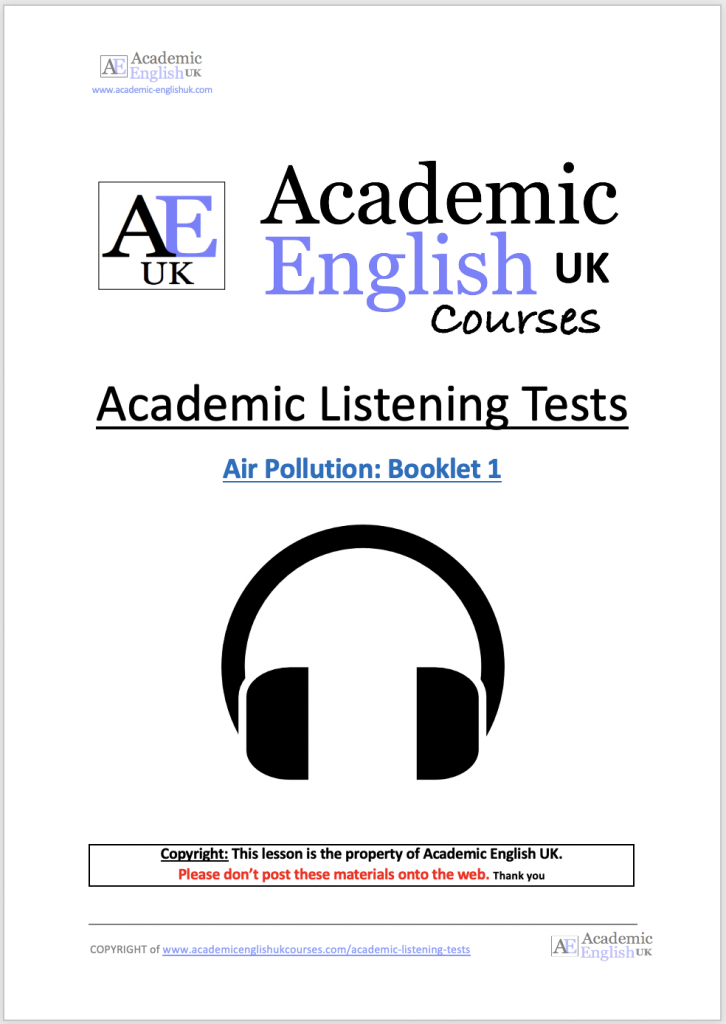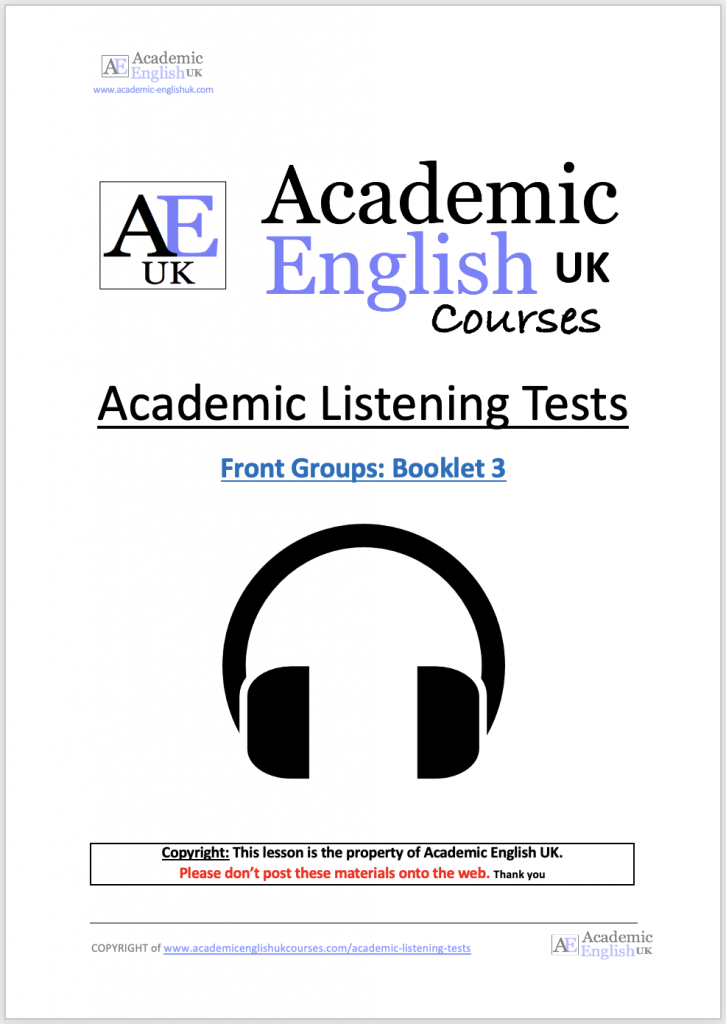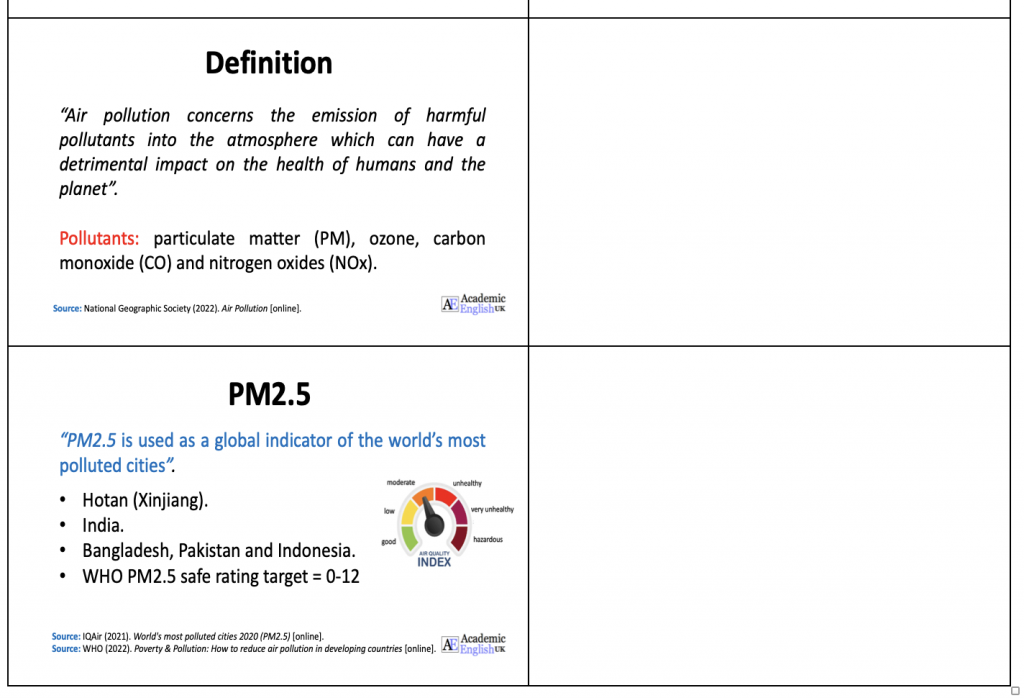Academic Listening Tests Course
Course Content:
We’ve released a new course that will improve your academic listening note-taking skills. This listening course is designed to improve your lecture note-taking skills using PowerPoint slides and longer lectures. There are five video lectures on a range of subjects, detailed PowerPoint slides (PPTs) for note taking, and comprehension questions (open answer questions, gap fill, table completion and multiple choice) to check your understanding. This course will give you authentic university lecture listening practice.
Key skills
- English Level B2-C2.
- 12-15 hour course.
- 5 lessons (2 hours each).
- Academic topics.
- 10-minute lectures.
- PPT slides (for note-taking).
- Comprehension questions.
- Lots of listening practice.
- Transcripts and answers.
- Duration: 40 Days.
What will learn on the course?
The course is divided into five lessons: Each lesson includes vocabulary building, PPT slides, video, comprehension questions and answers.





Example of a course on Air Pollution.
Task 1: Introduction
Do some research and take some notes on the following questions:
- What do you know about air pollution?
- How would you define ‘air pollution’?
- What are some of the issues with air pollution?
- What are governments doing to address air pollution?
Task 2: Vocabulary
Check these words from the lecture:
- Emissions.
- Pollutant.
- Detrimental.
- Particulate matter (PM) / ozone, carbon monoxide (CO) / nitrogen oxides (NOx).
- Fossil fuels.
- PM2.5.
- World Air Quality Report.
- Hazardous.
- Respiratory diseases (emphysema).
- Premature death.
- AIDS, tuberculosis and malaria.
- Not all the words are included…
Look at the reference list sources used and make a note of the names as these will be referred to in the lecture.
Task 3: PPT Slides
Study these slides and try to predict what the lecture will be about:

Only 2 slides as an example. All 17 slides included in paid course.
Task 4: Lecture Video
Listen to the lecture and take notes using the four PPT slides provided: Listen two times only.
In the paid lesson you download the video.
Task 5: Comprehension Questions
Now use your notes to answer these comprehension questions:
Task 6: Post lecture
Here are some post lecture tasks you can do:
- Write a 200-word summary of the lecture.
- Apply critical thinking strategies to the lecture. Use this critical thinking question document: https://www.academic-englishuk.com/wp-content/uploads/2020/03/Critical-Questions-a-linear-model-AEUK.pdf.
- Research other types of solutions for air pollution.
- Find and read a case study on air pollution.


